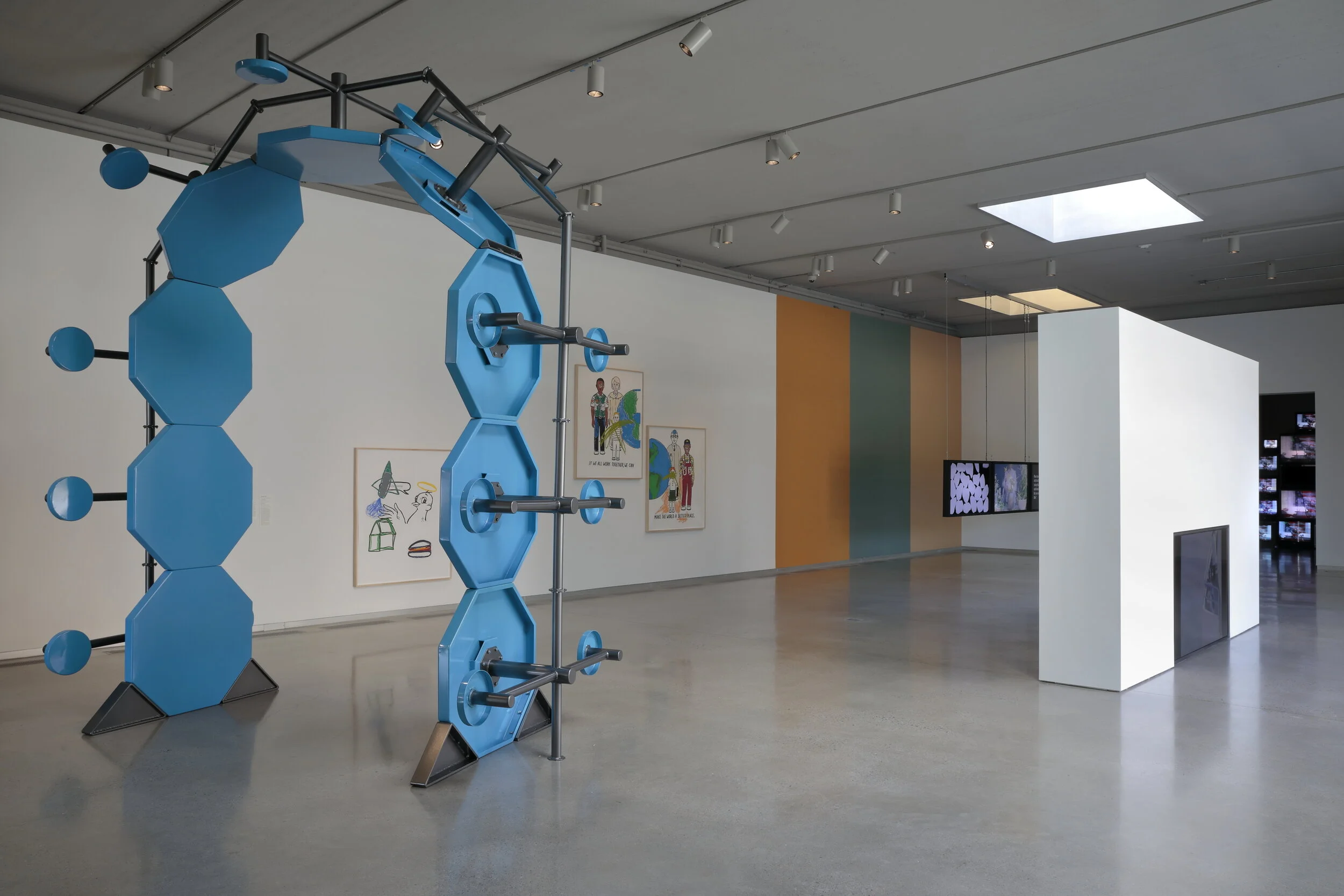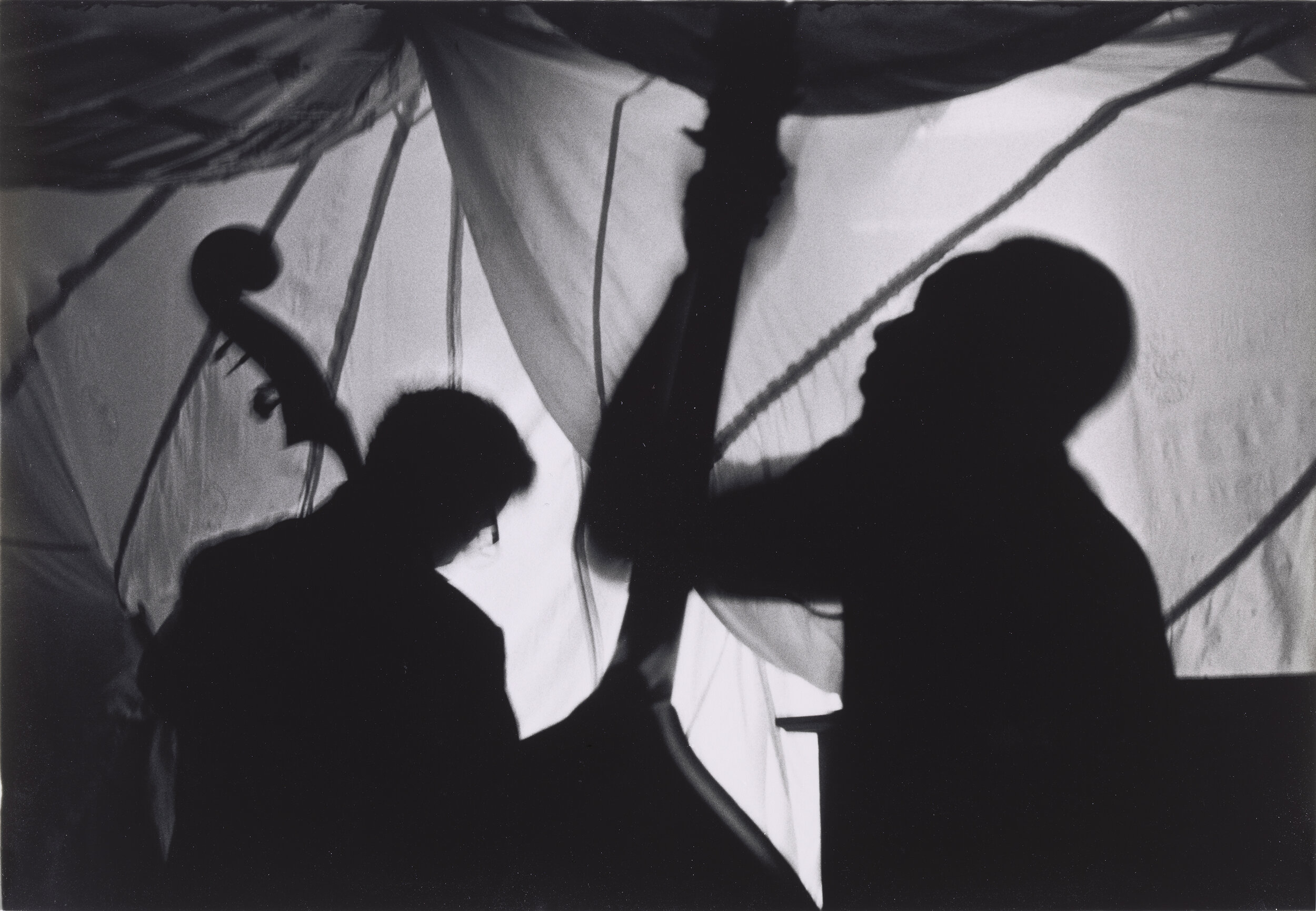Great Force

The exhibition Great Force, currently on view at the Institute for Contemporary Art at Virginia Commonwealth University, addresses the force of whiteness, the counter-force of black resistance, and the persistence of the color line in the United States. With new commissions and recent work by twenty-four artists, the exhibition presents painting, sculpture, photography, video, and performance that examine race in the United States.
The show examines the past, present, and, implicitly, future meaning of “the color line”. The color line describes the boundary built by racial division and oppression and protected by pseudo-science, the criminal code, segregation, and violence. Throughout this exhibition, this idea of the color line provides a historical, conceptual, and visual boundary to push against America’s dominant narratives.
In addition, 2019 marked the 400th anniversary of the first recorded arrival of enslaved Africans to Hampton, Virginia in 1619. Richmond, where the ICA is located and this exhibition is currently on view, was the site of one of the largest slave auction markets in the United States, and continues to be haunted by that fact. This city was also the capital of the Confederate States of America which fought the United States to defend slavery. Monuments to the Confederacy litter the city, with almost no counter-narrative, though that is changing, slowly, as with the landmark arrival of Rumors of War, a monumental statue by contemporary black artist Kehinde Wiley.
The works included in this exhibition emphasize acts of resistance, rather than offering explicit images of pain and subjugation or white domination. These artists push back on the demand that artists of color perform and educate. Instead, the artists and literary thinkers included in Great Force show that culture is always in communication with both past and present, often driven by a desire for change and revision. Visitors are encouraged to set aside racial binaries and dismantle the structural supremacy that whiteness has constructed for itself, a supremacy so interwoven into this society that it often goes unseen by many. Great Force aims to reimagine and reorganize American identity.
Banner image: Installation view of Great Force at ICA at VCU. Photo by David Hale. Courtesy of the Institute for Contemporary Art at Virginia Commonwealth University.
Image below: Carrie Mae Weems, Unititled, 2009-2010, 42 inkjet prints, 90.25 x 77 inches installed (11 3/16 x 11 3/16 inches per framed panel). Courtesy of Rodney M. Miller Collection. Image courtesy of the Institute for Contemporary Art at Virginia Commonwealth University.
“For me and for a lot of the artists in this show, this conversation is being thought about in a time when artists and curators and people of color are getting a lot of visibility, particularly within culture. There is room being made within institutions where people of color are having seats at the table and not just performing. With this prosperity, there is still this Baldwin-esque force that might be considered to be following us. This is around what institutions might want black people to do and/or perform when they put themselves in positions of power that they didn’t have before. And that might be around educating everyone else about black experience. What does that then mean for one person to do the work of an entire demographic? In what ways does that perpetuate this prejudice and bias? I think this is a time when people are seemingly trying to correct history, but in correcting history, I think oftentimes there is a demand for the people who have been disenfranchised in history to do a lot of the correcting. So, a lot of the artists in the show are thinking, ok, within this moment of prosperity or visibility, culturally, what is it that I have the power to control? And that is the visuality of their work.”
Paige hosts the LookSEE podcast and is a freelance audio producer, an art lover, and a lifelong Richmonder. Her favorite place to be is in a museum. A close second is a bookstore.





